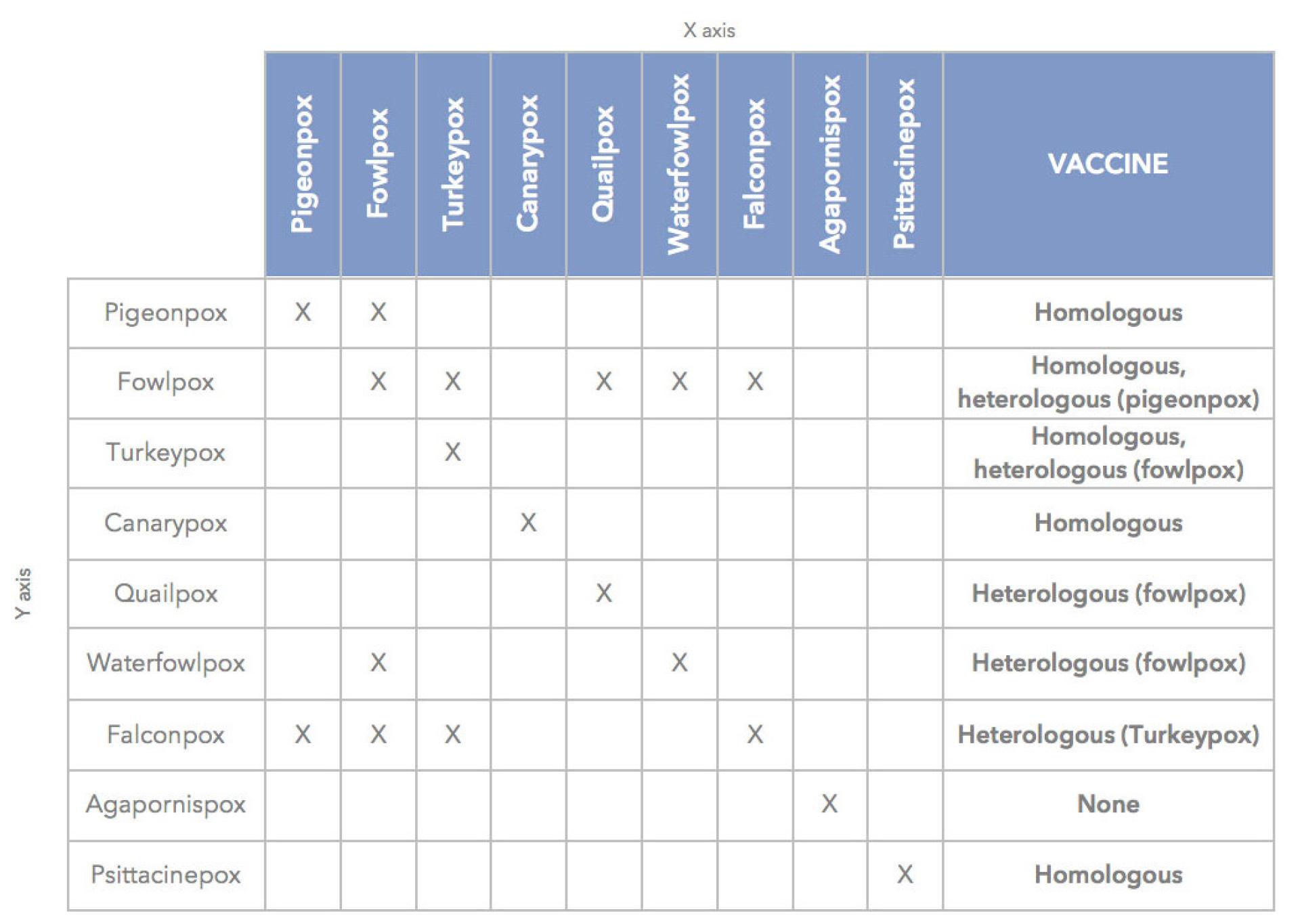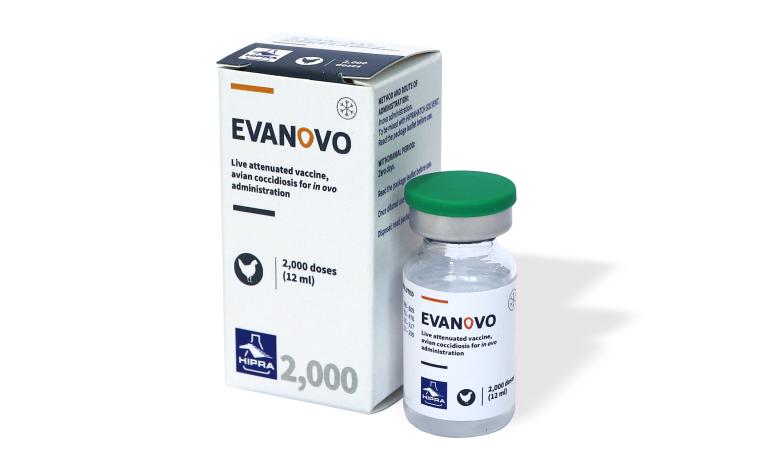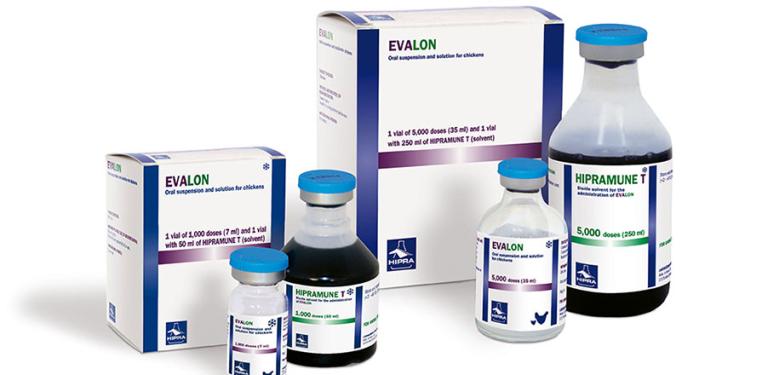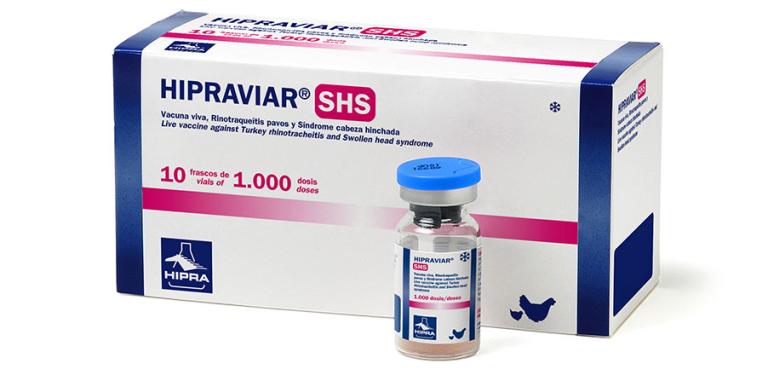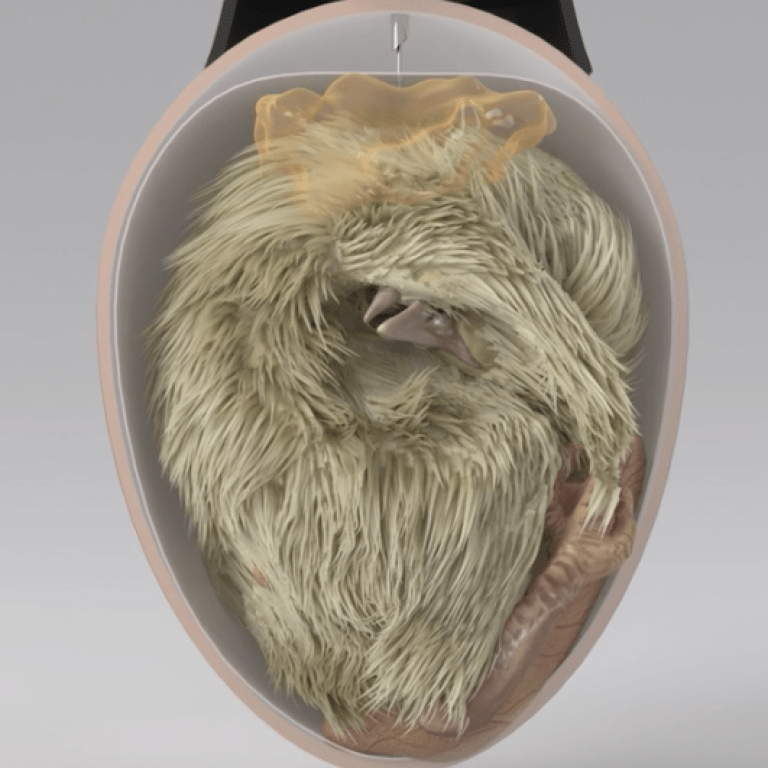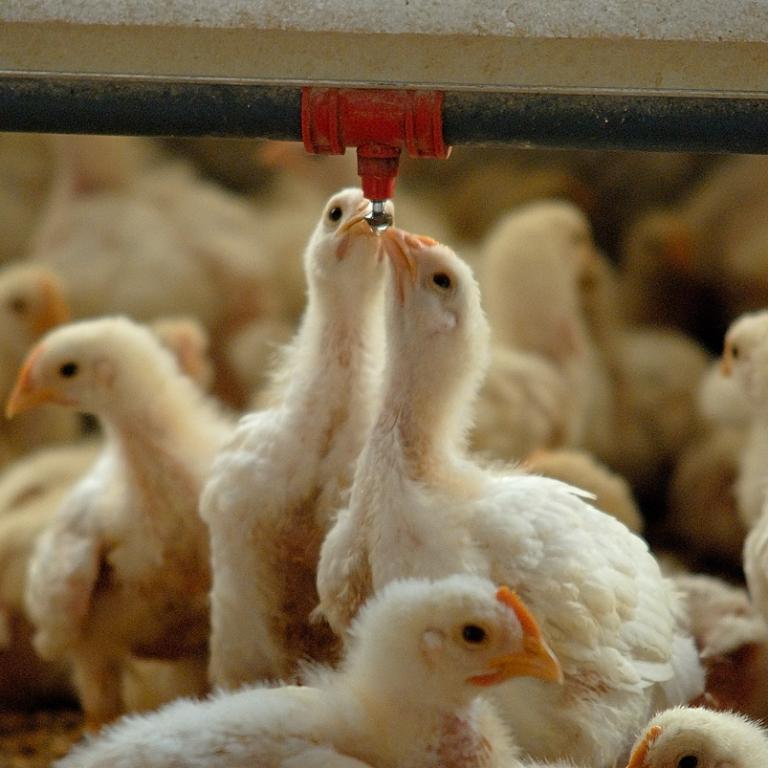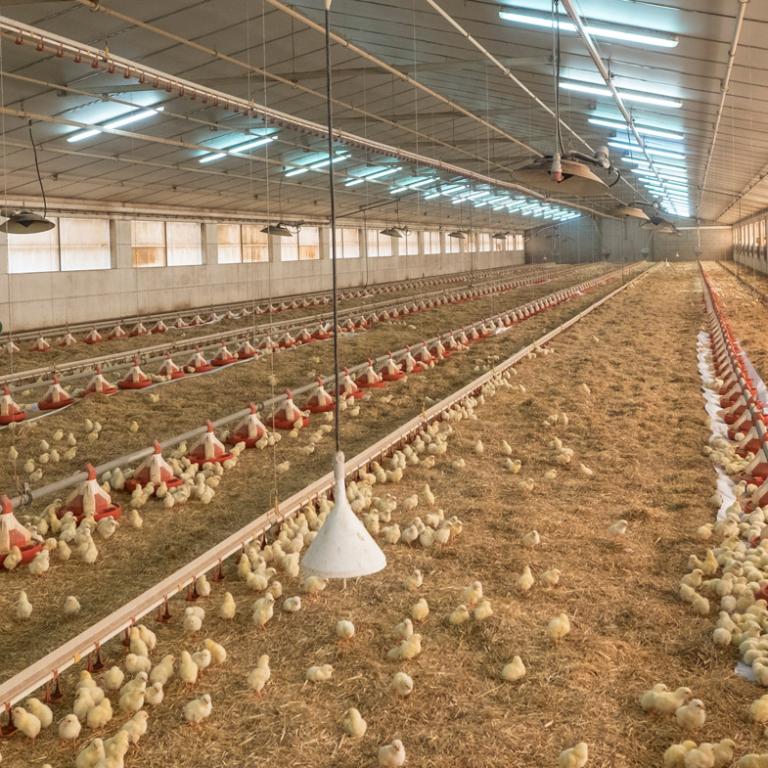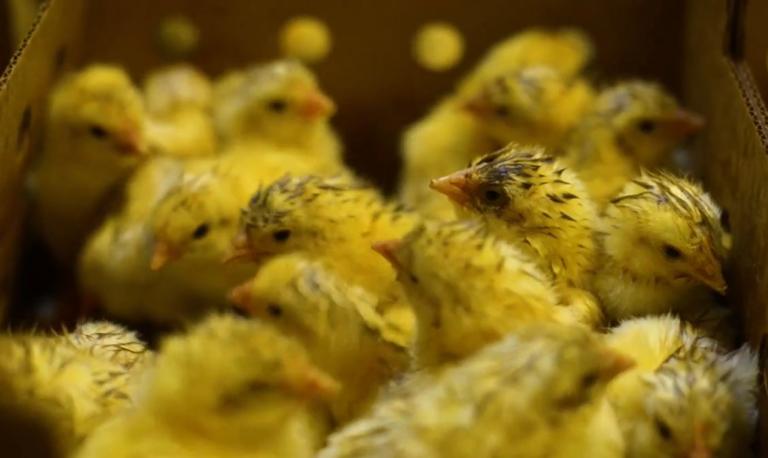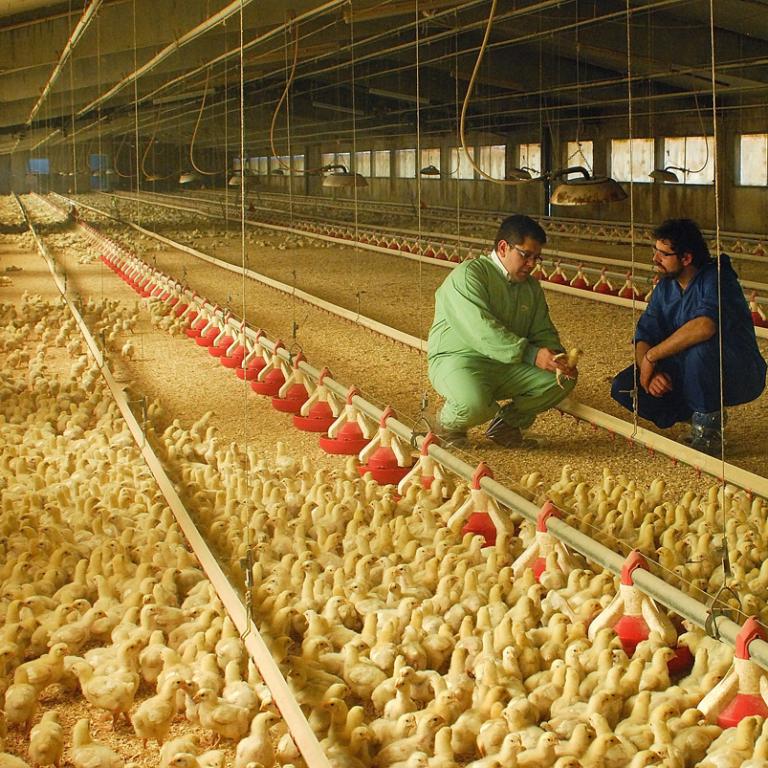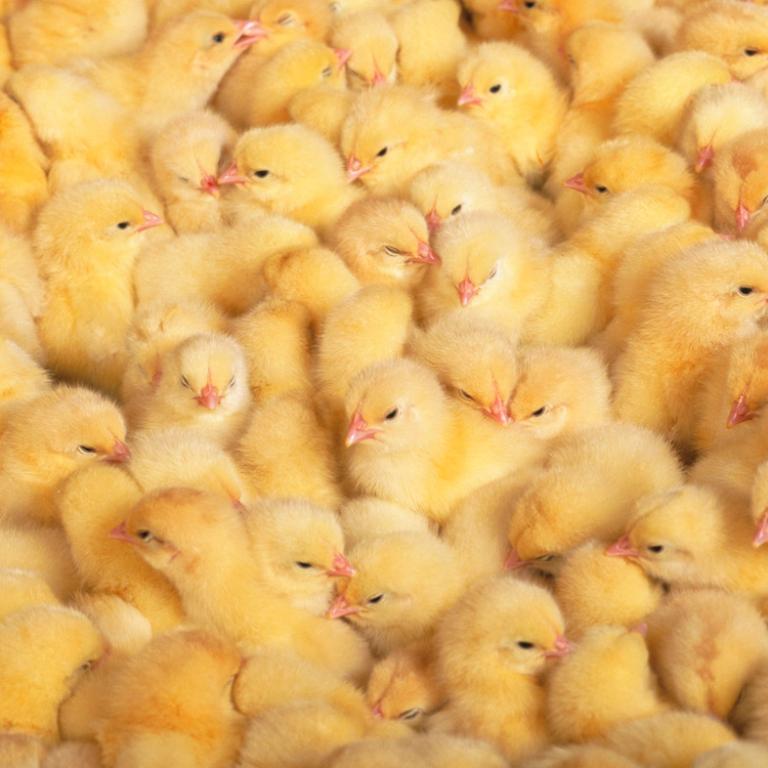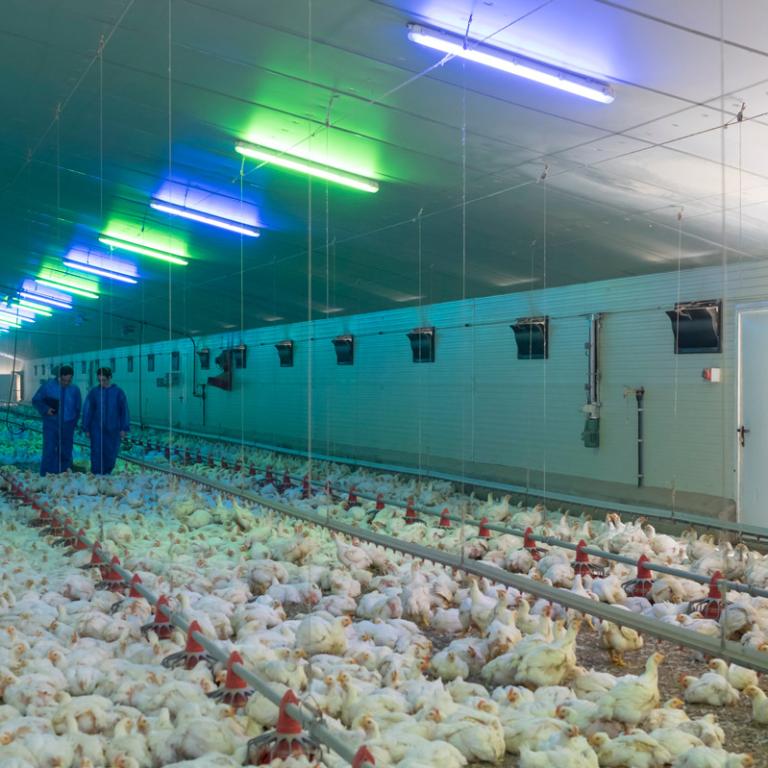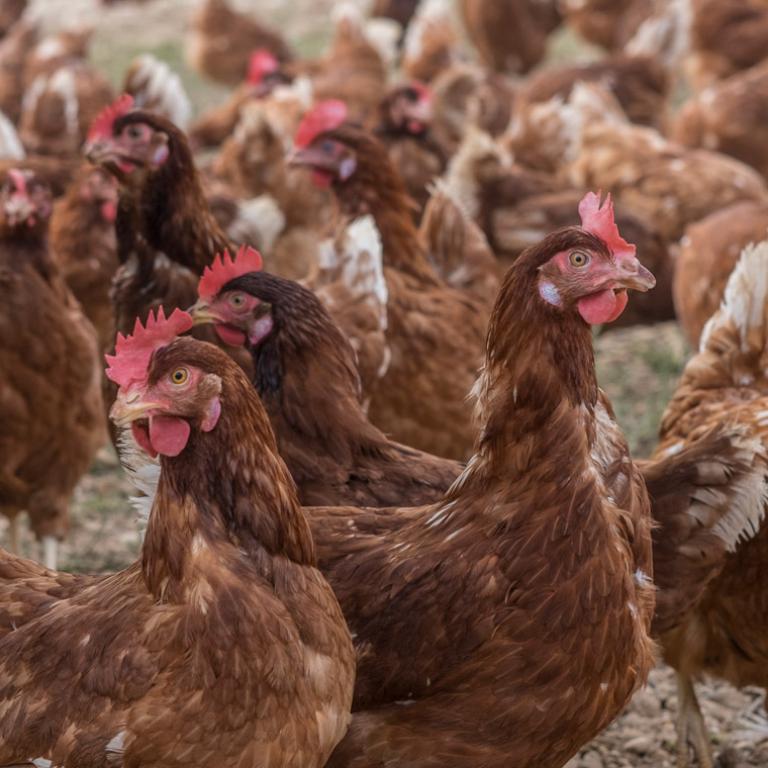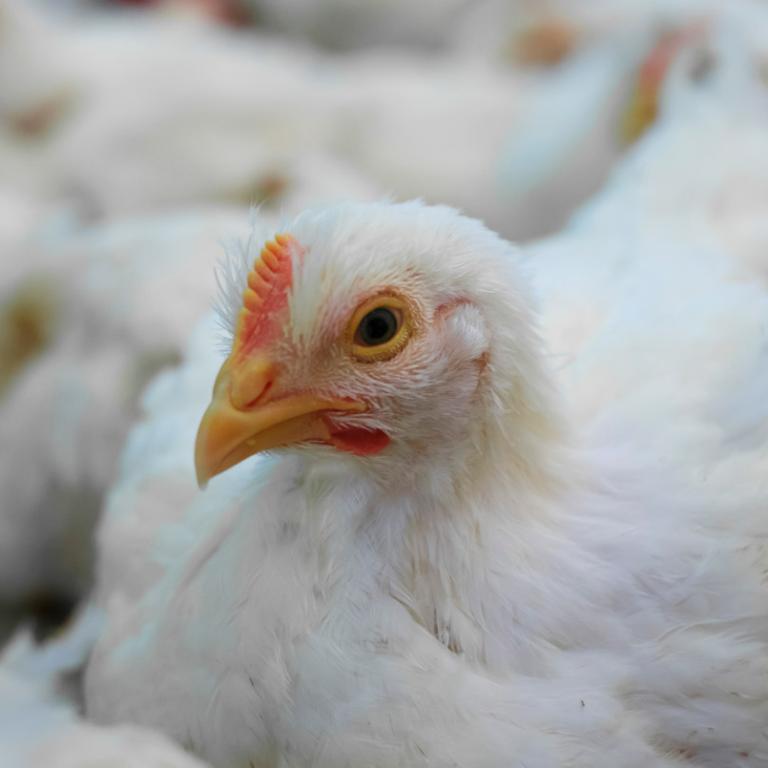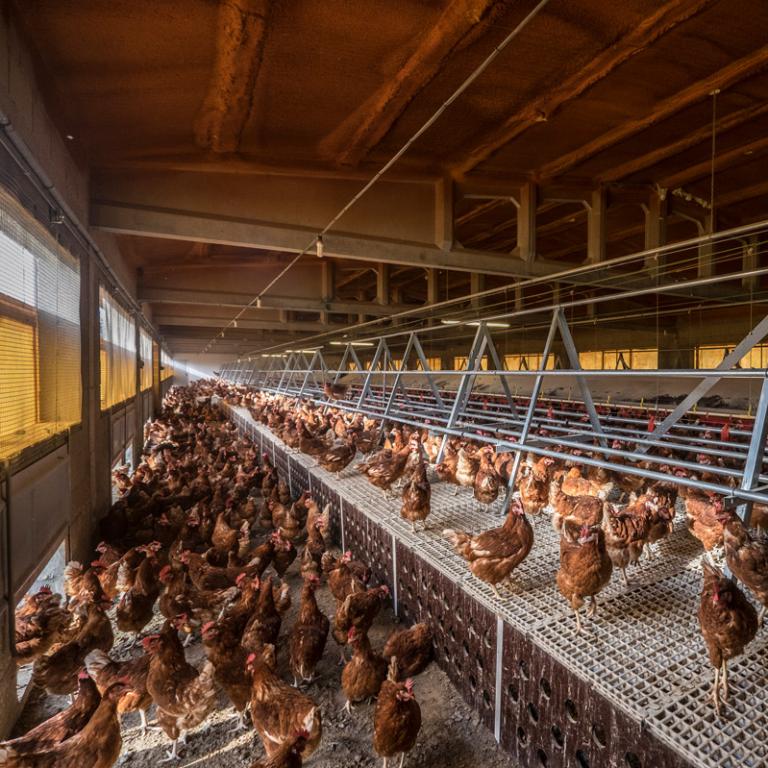AETIOLOGY:
Fowl pox is caused by a large DNA Avipoxvirus of the family Poxviridae. Many strains of virus are recognized and naturally infect the species given in their name.
Some common examples are:
- Fowl poxvirus
- Quail poxvirus
- Turkey poxvirus
- Pigeon poxvirus
- Psittacine poxvirus
- Canary poxvirus
TRANSMISSION:
- Direct: by water and feed.
- Indirect: by vectors such as mosquitoes and others insects.
CLINICAL SIGNS:
- Humid or diphtheroid form: respiratory signs and drop in feed consumption. Mortality and drops in production are variable.
- Cutaneous form: there are no clinical signs unless bacterial complications occur. Only characteristic lesions are observed.
LESIONS:
- Humid or diphtheroid form: fibrinous-necrotic lesions in oral cavity of mucous membrane, oesophagus and trachea.
- Cutaneous form: papules and scabs on areas lacking feathers (crest, chin, legs, etc.)
DIAGNOSIS:
Can be confirmed by histopathological analysis; this is done by observing the cytoplasmatic inclusion bodies and pathognomonics, called Böllinger bodies, which are characteristic of the disease.
- Causal identification agent: isolating and identification.
TREATMENT, PREVENTION AND CONTROL:
There are no aetiological treatments, although it is possible to establish a symptomatic therapy.
Vaccination with live vaccines gives efficacious protection.
